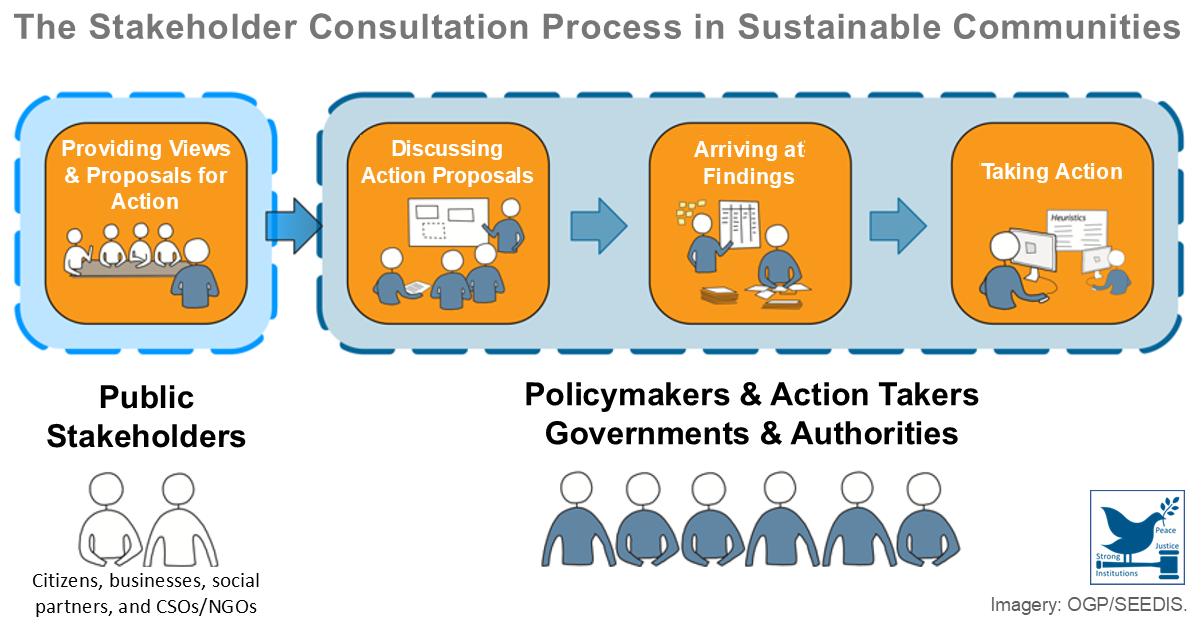US GAAP (ASC 840) calls for capital lease classification by lessees if the lease term is equal to or greater than 75% of the asset’s economic life or the present value of the lease payments equals or exceeds 90% of the asset’s fair value. IAS 17 requires finance lease classification when the lease term is a “major part” of the asset’s economic life or the present value of the lease payments is equal to “substantially all” of the lease’s fair value. Because they are interpreted in much the same way, lease classification is essentially the same under ASC 840 and IAS 17.
Under IFRS, there are four additional criteria that individually or in combination could lead to the recognition of a finance lease and its capitalization by the lessee:
- The leased asset is of such a specialized nature that only the lessee can use it without major modification;
- The lessee bears the lessor’s loss if the lessee terminates the lease early;
- The lessee absorbs the gains or losses from fluctuations in the fair value of the asset’s residual; and
- The lease has a bargain-renewal option to extend the lease for a secondary period.
As is true for lease classification by lessors, any lease that is not a capital lease or finance lease is an operating lease.
A lessee records a capital lease (US GAAP) or finance lease (IFRS) by recognizing an asset and a liability, measured at the lower of the present value of the lease payments or fair value of the asset. An operating lease is not recognized by the lessee or reported on the lessee’s balance sheet and lease rental is expensed in the period in which it is incurred.
| Lessee Recognition of Rental on a Lease | ||||
|---|---|---|---|---|
| Date | Lease Rental | xxxx | ||
| Cash | xxxx | |||
| To recognize payment of lease rental | ||||


Leave A Comment
You must be logged in to post a comment.